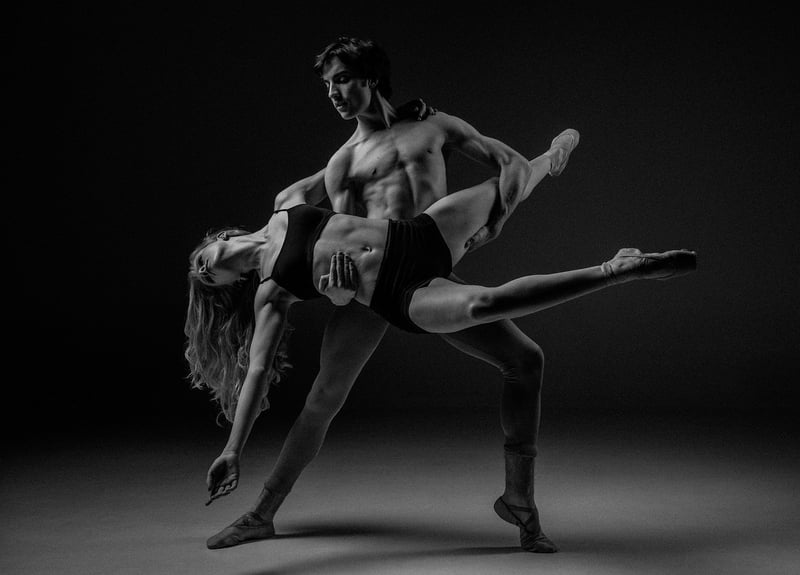Salsa
Expressive and Energetic Movement: A Guide to Salsa Dancing

Salsa dancing is a vibrant and dynamic dance form that originated in the Caribbean and Latin America. Known for its expressive movements and energetic beats, salsa is a popular social dance that brings people together through rhythm and passion.
The Origins of Salsa
Salsa music and dance have roots in various Latin American and Caribbean styles, including Cuban Son, Afro-Cuban Rumba, and Puerto Rican Plena. The fusion of these diverse influences gave birth to the lively and infectious salsa we know today.
Key Elements of Salsa Dancing
- Rhythmic Footwork: Salsa is characterized by intricate footwork that follows the syncopated beats of the music.
- Partner Connection: Salsa is a partner dance that requires a strong connection between dancers through leading and following cues.
- Body Movement: Salsa dancers use their entire body to express the music, incorporating hip movements, shoulder shimmies, and fluid arm motions.
- Spins and Turns: Salsa includes dynamic spins and turns that add excitement and flair to the dance.
Benefits of Salsa Dancing
Salsa dancing is not only a fun and social activity but also offers a range of physical and mental benefits, including:
- Improved cardiovascular fitness
- Enhanced coordination and balance
- Stress relief and mood elevation
- Increased self-confidence and body awareness
Getting Started with Salsa
Whether you're a beginner or an experienced dancer looking to refine your skills, salsa classes and workshops are available for all levels. Joining a salsa community can provide you with opportunities to practice, socialize, and immerse yourself in the vibrant world of salsa dancing.
Embrace the passion and rhythm of salsa dancing, and let the music guide your movements on the dance floor!

For more information and resources on salsa dancing, visit Salsa Dance HQ.
